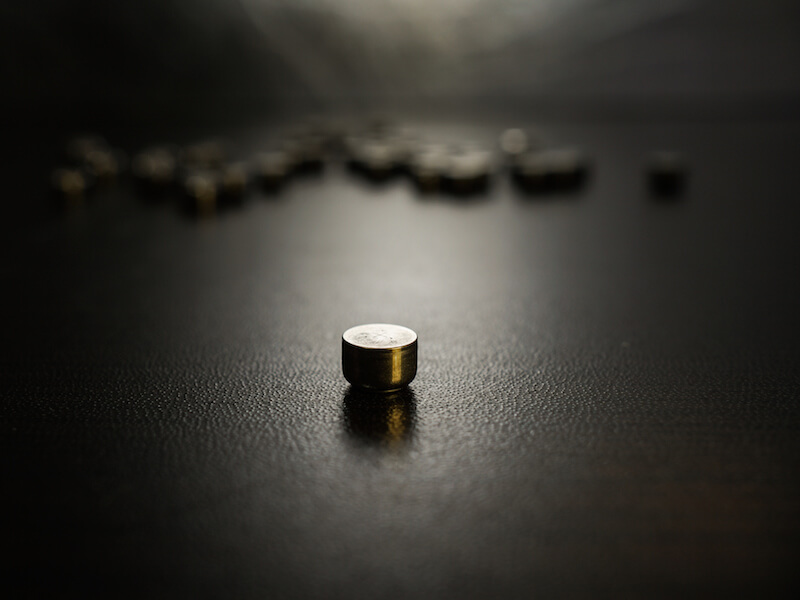
From cameras to phones to music players, how we power our electronics has advanced. For years, people looking to address hearing loss have hoped for a similar progression, and the industry is finally realizing the promise of a robust rechargeable hearing aid battery.
Size 312 batteries are the most prevalent of the disposable batteries that have traditionally been used to power hearing aids. The most popular form of this battery, now, is “zinc-ion”.
The Downside to Disposable Hearing Aid Batteries
The presence of air effects a zinc-air battery, as the name indicates. When it comes to the 312 batteries used in a lot of hearing aids, the user needs to pull a little tab off the back of the battery before it’s turned on and operational.
They will start losing power as soon as they are fully oxygenated. That means power is beginning to drain whether the user is ready for it or not.
Most users regard the duration of life to be the biggest disadvantage of disposable batteries. Some reports have cited the standard life expectancy of a size 312 disposable battery to be between 3 and 12 days, which means users could replace their batteries about 120 times per year.
That also means users may need to buy 120 batteries, spend the time twice a week to replace them, and properly dispose of each. From a cost perspective alone, that likely equals over $100 in battery costs.
Advancements in Rechargeable Batteries
Fortunately, for hearing aid wearers in search of another alternative, there have been significant developments to rechargeable hearing aids that now make them a practical solution.
The vast majority of individuals would use rechargeable hearing aids if given an option according to various research. Over the years, these models were not practical because they didn’t maintain a charge long enough. But today’s rechargeable batteries will last all day without requiring a recharge.
Rechargeable batteries won’t save users substantial amounts of money, but they will make quality of life better.
In addition to supplying 24 hours of charge time, these contemporary models result in less frustration for the user, since there’s no more swapping and correctly disposing of batteries. Instead, they just need to take out the battery and put them in a convenient tabletop charging unit.
When a disposable battery gets near the end of its life it won’t run your hearing aid at full capacity. There’s also no exact way to identify how near to being inoperable the battery actually is. As a result, users chance putting themselves in a situation where their battery could die at a crucial time. A faulty battery will not only lead to a safety hazard, it could cause the user to miss important life moments.
Hearing Aids Come in Different Types
There are distinct advantages to each of the different materials that rechargeable batteries are constructed from. The ability to hold a charge for 24 hours is one reason why integrated lithium-ion batteries are one practical option that manufacturers supply. And cellphones are powered by this same type of battery which may be surprising.
Silver-zinc technology is another material used for modern rechargeable hearing aids. Initially, these revolutionary batteries were developed for Nasa’s moon missions. With this technology, even your current hearing aids can most likely be updated to run on rechargeable batteries. These batteries, similar to lithium-ion, will also last all day before requiring a recharge.
Some models even let you recharge the battery without removing it. For these, users will slip the entire hearing aid into a charging station when they sleep or at another time when the device isn’t in use.
Whichever option you decide on, rechargeable batteries will be substantially better than disposable batteries. You just need to do some research to determine which option is ideal for your needs.
Take a look at our hearing aid section if you’re looking for more information about what battery would be best for you or any other info about hearing aids.